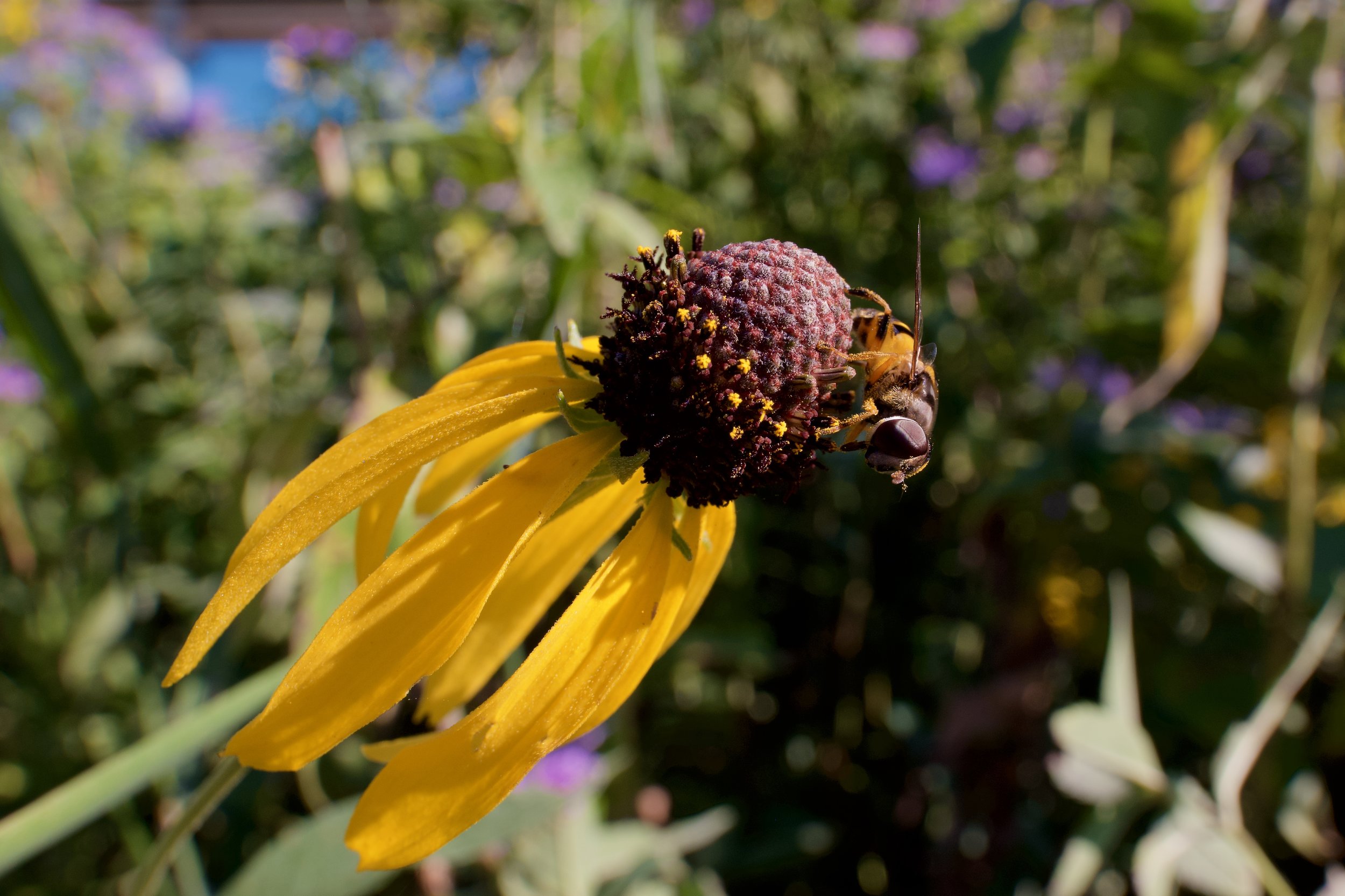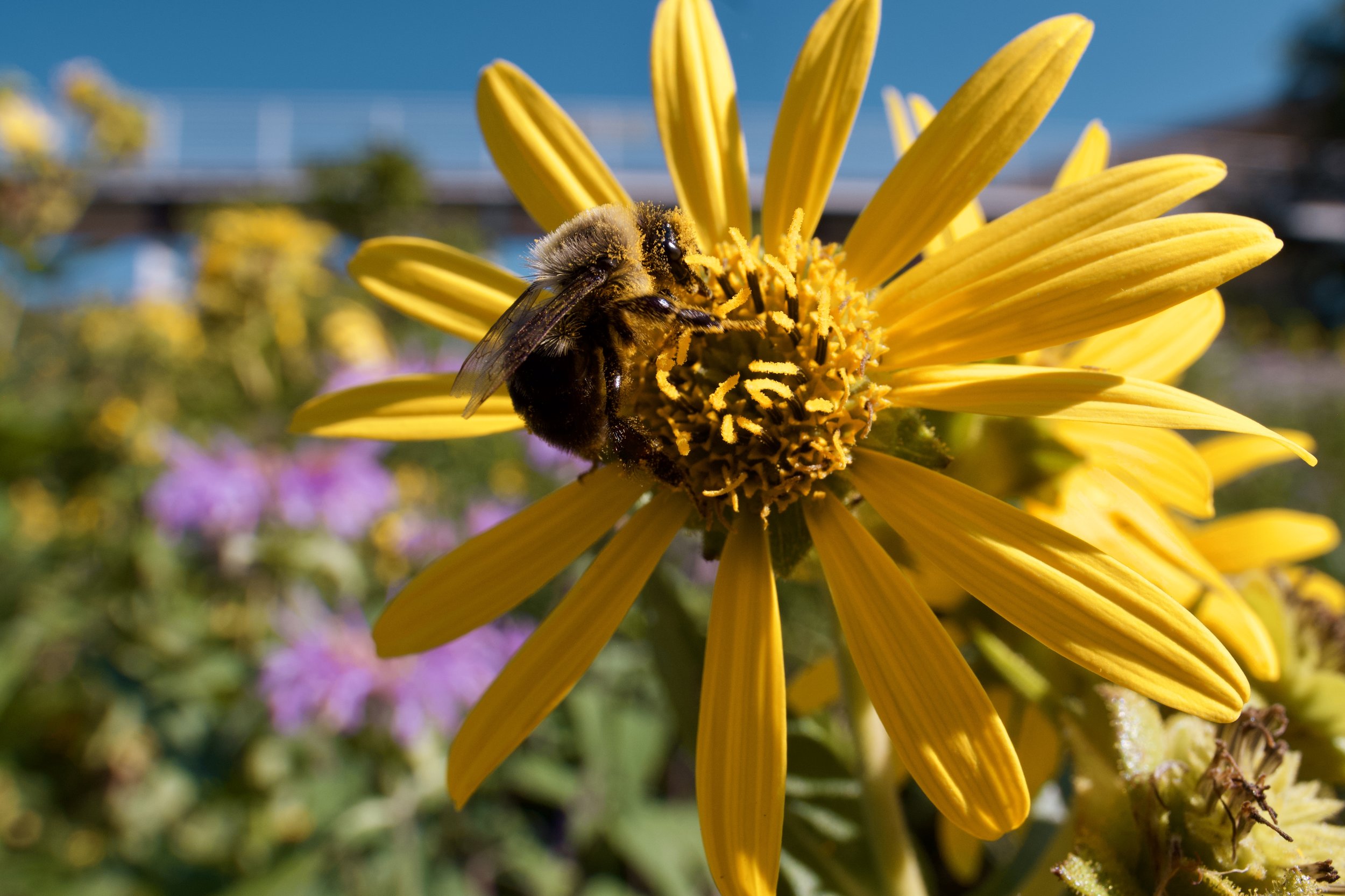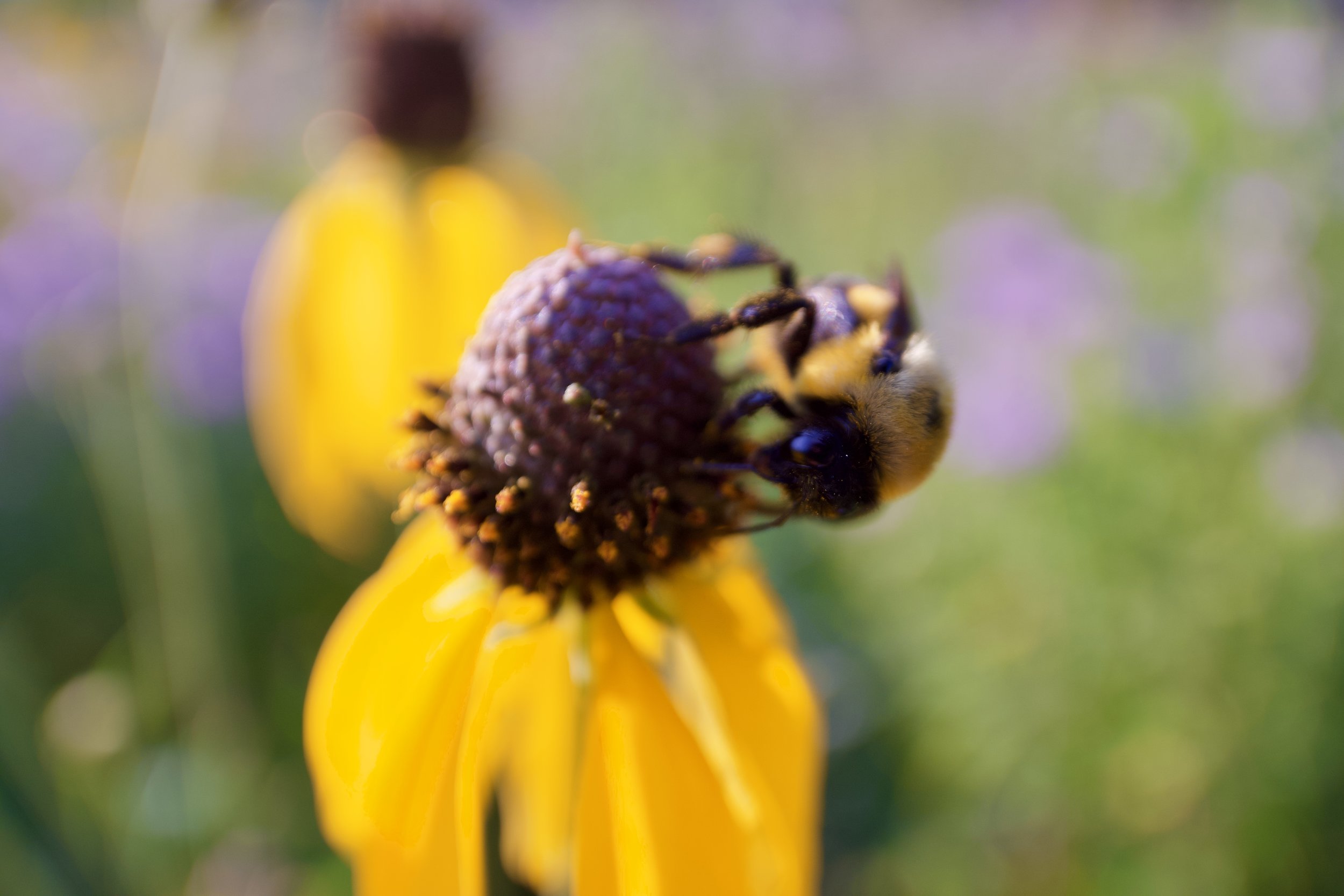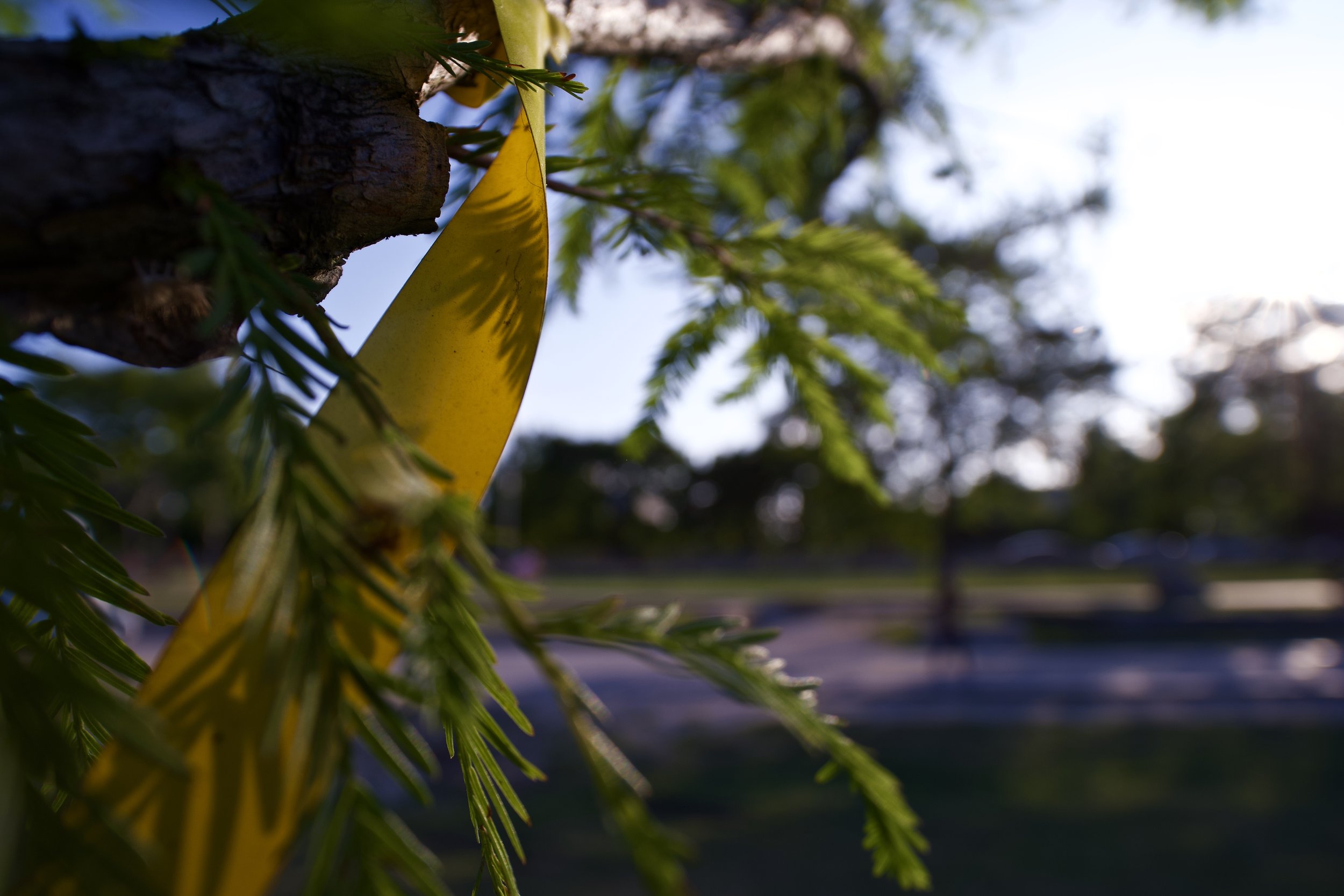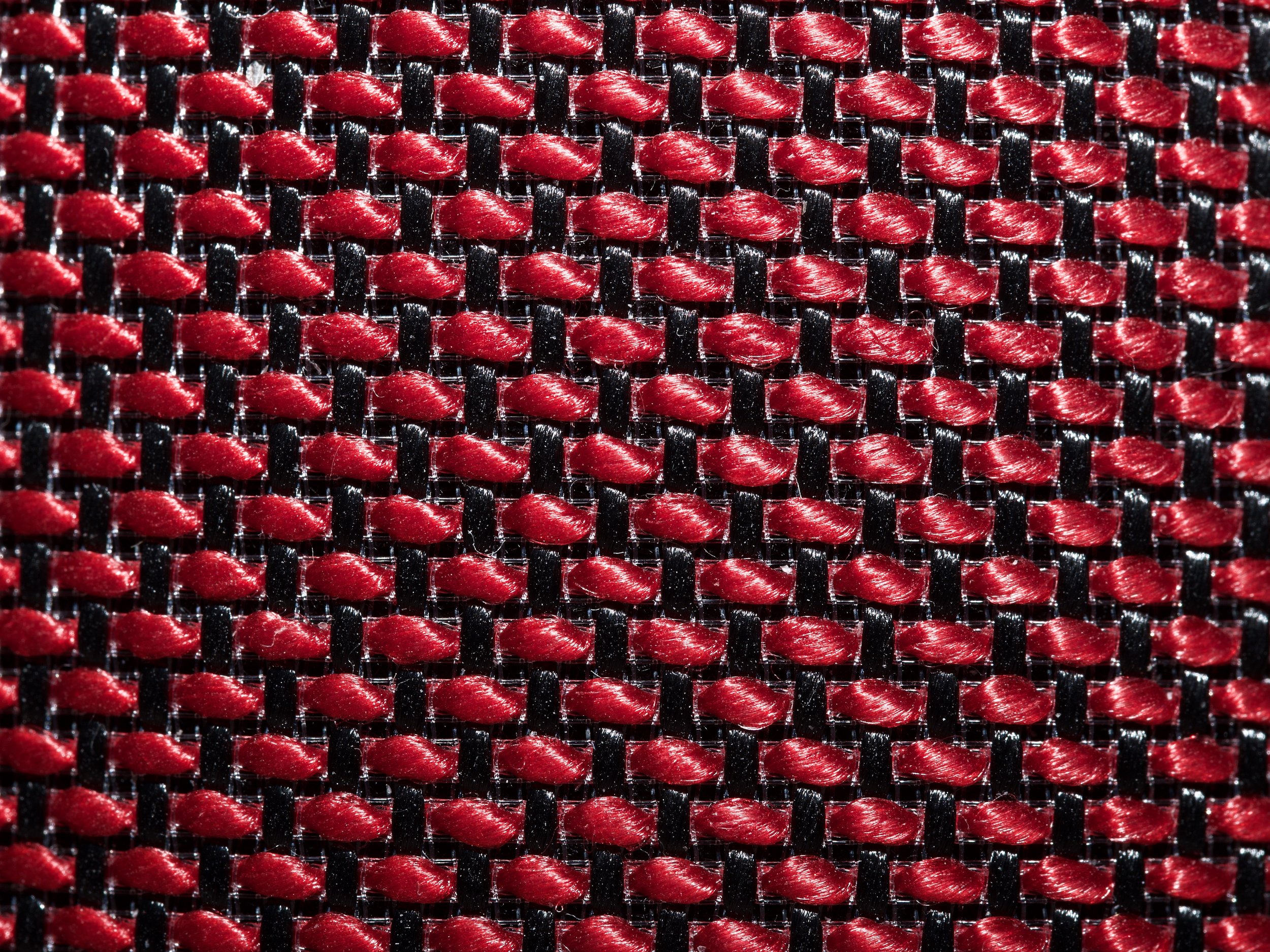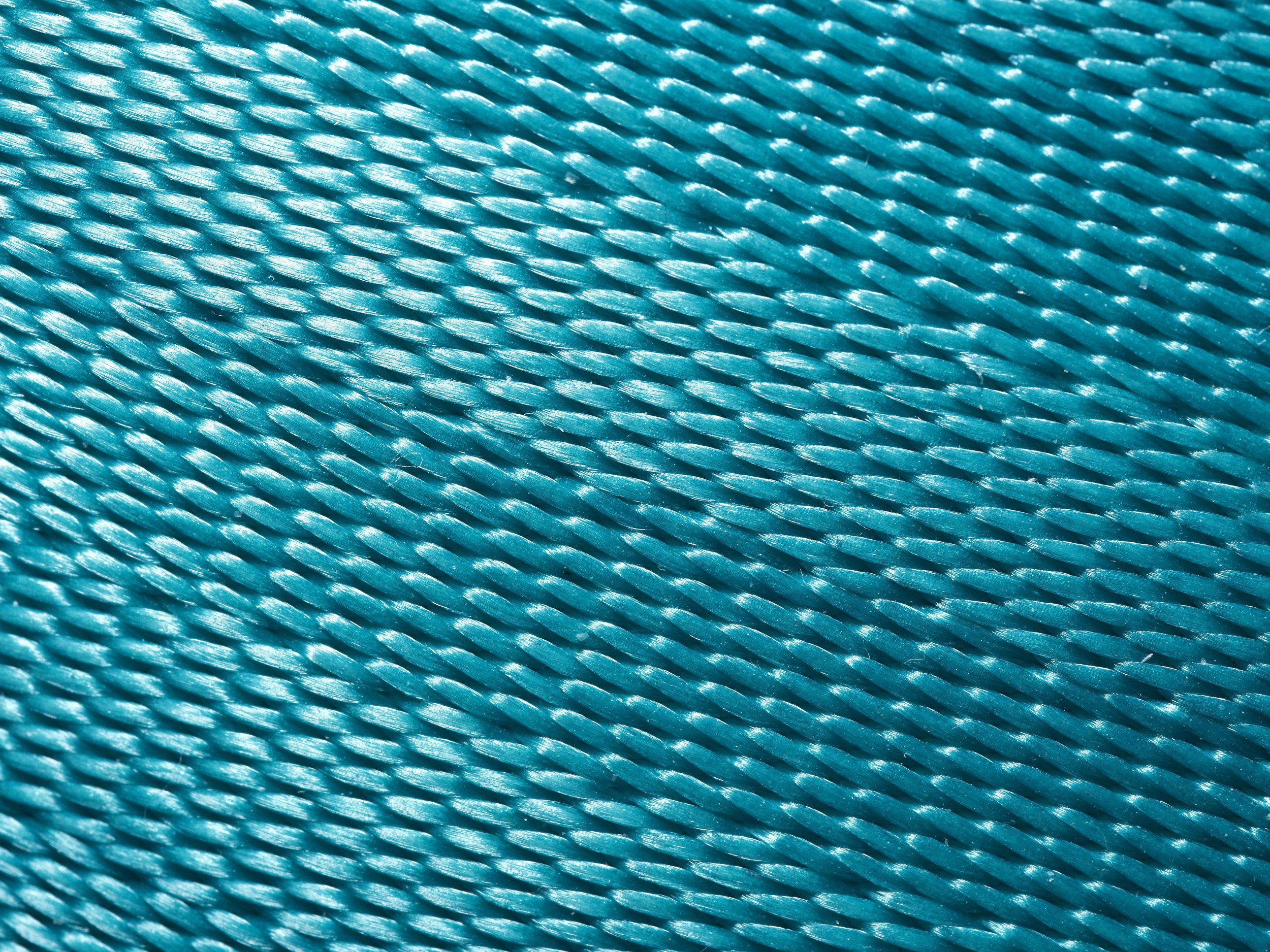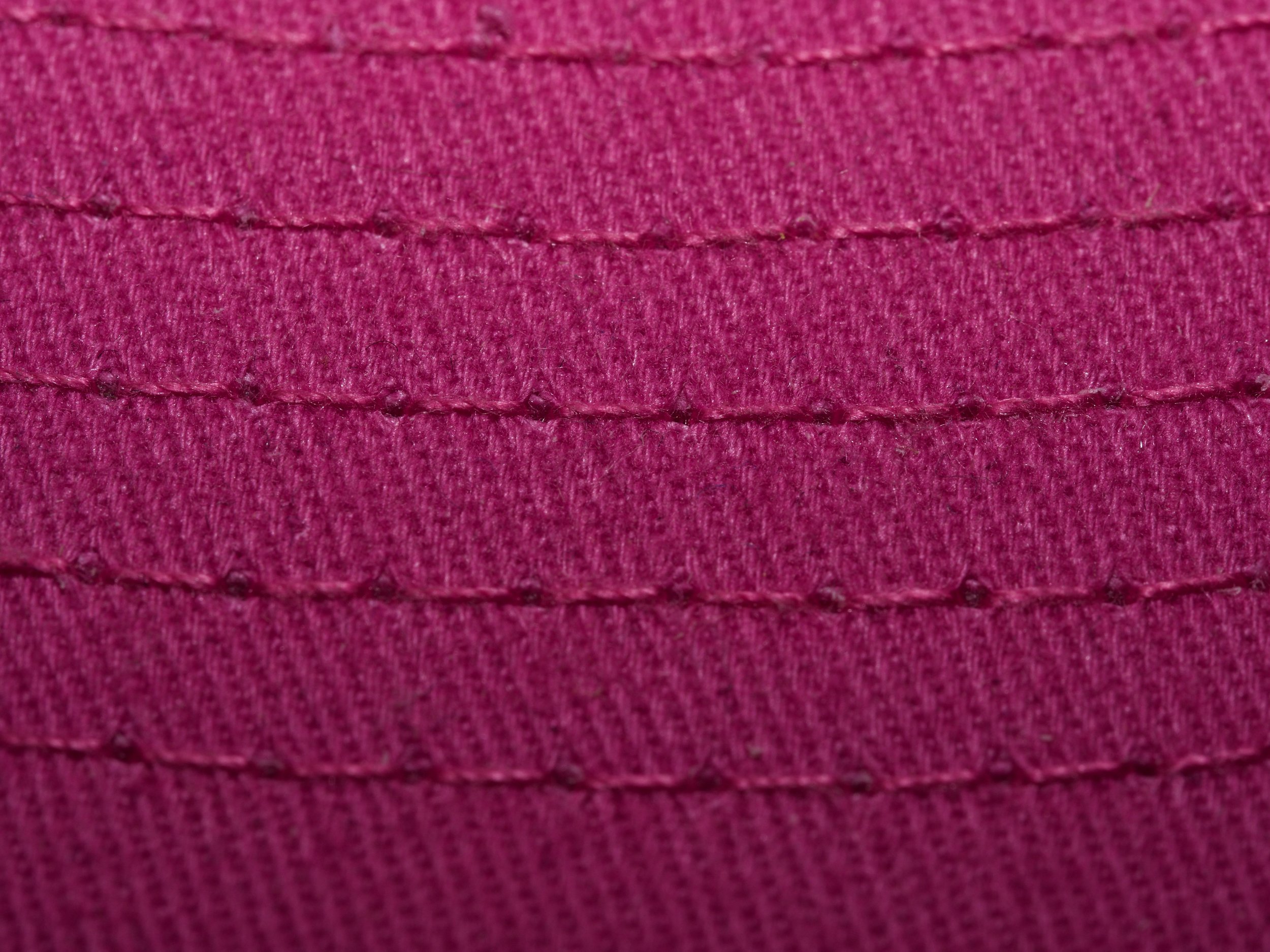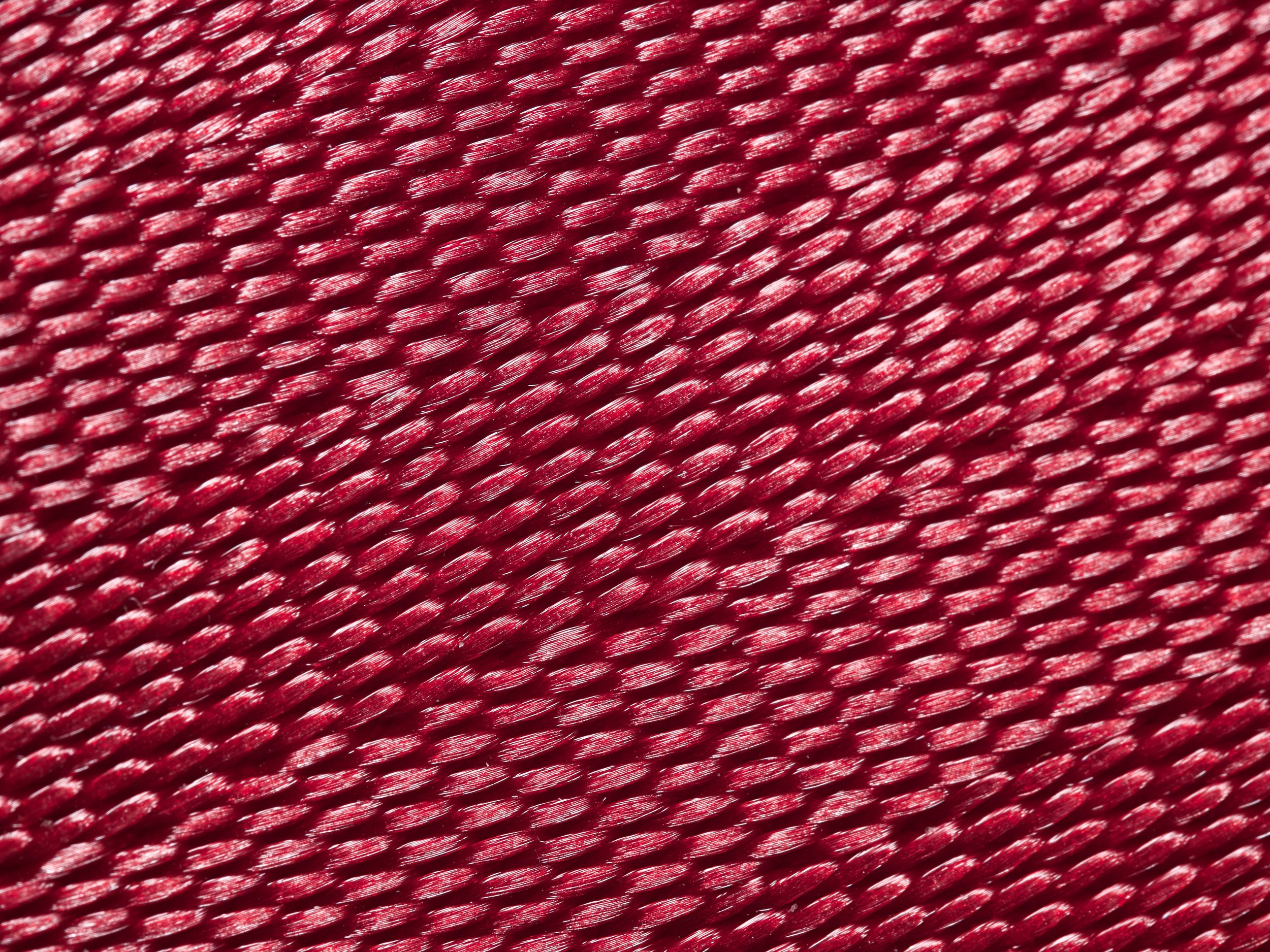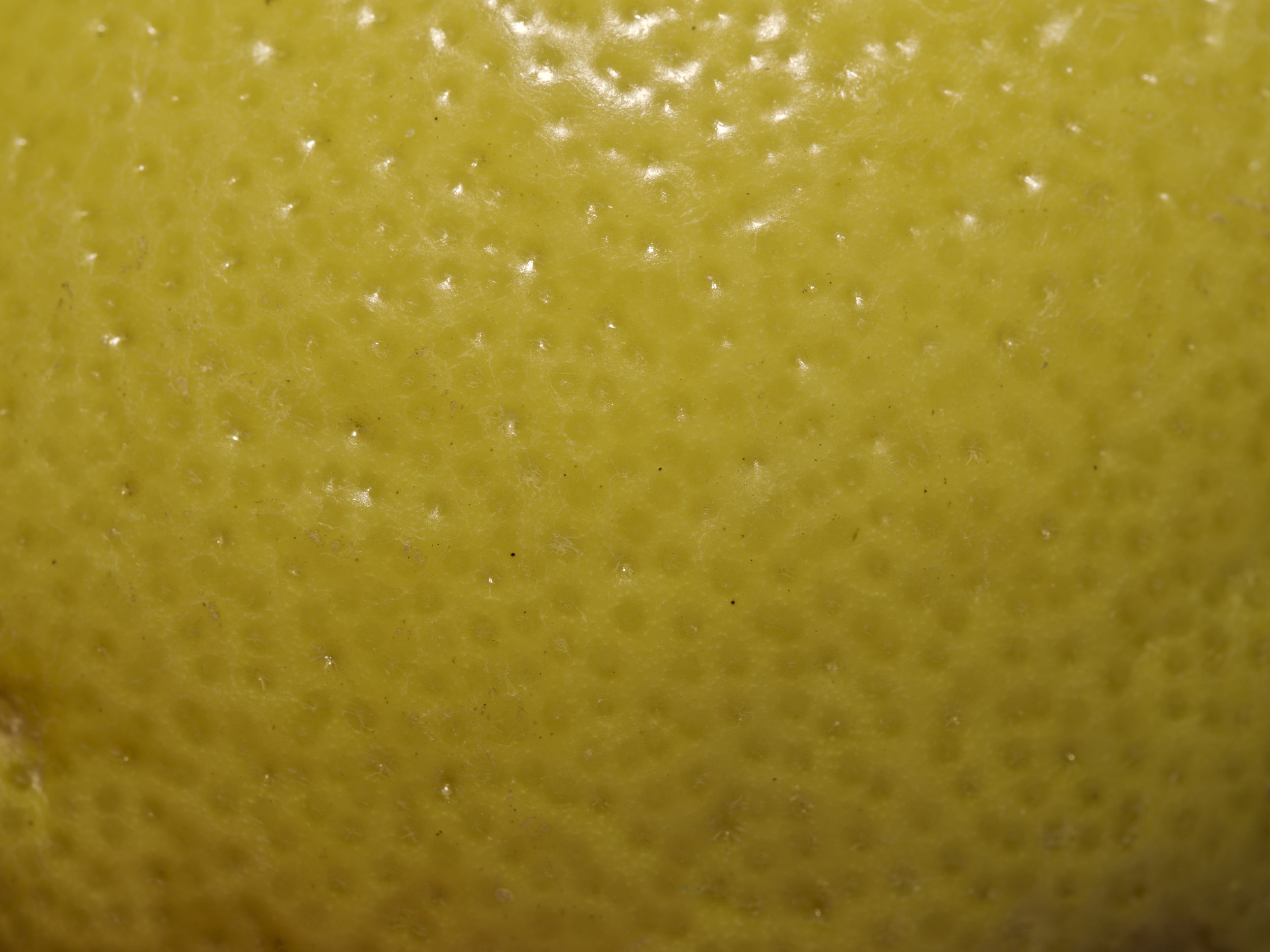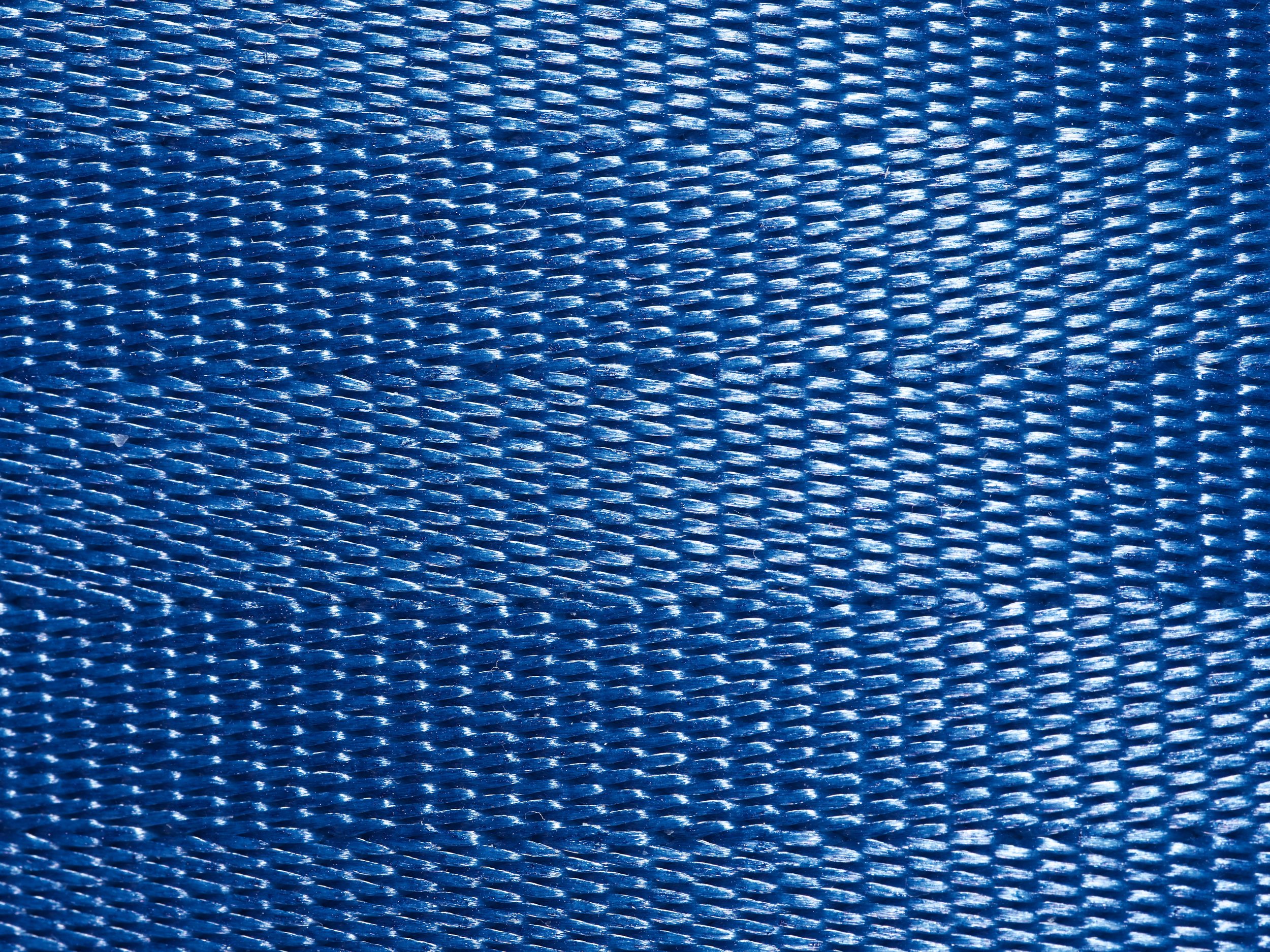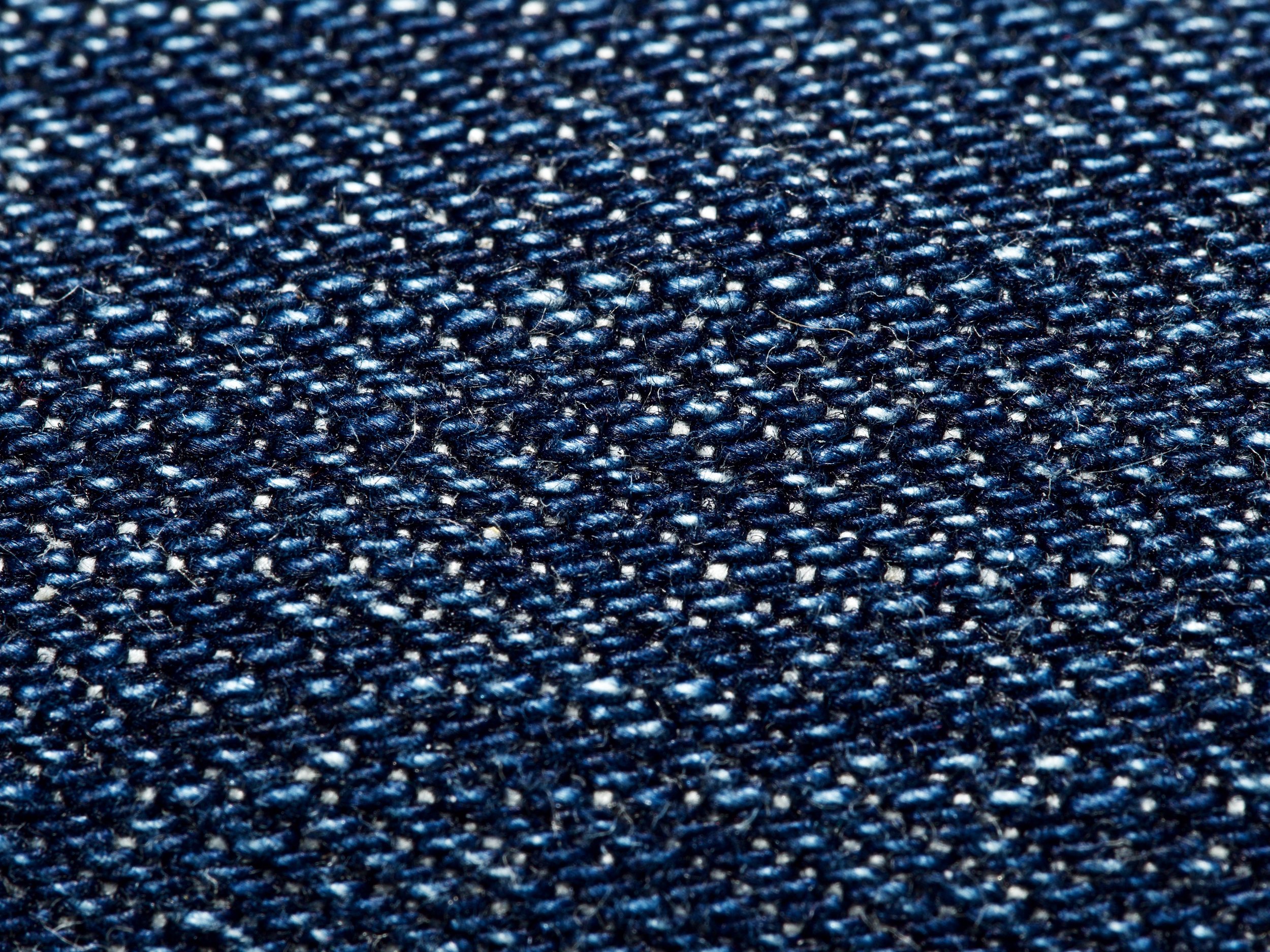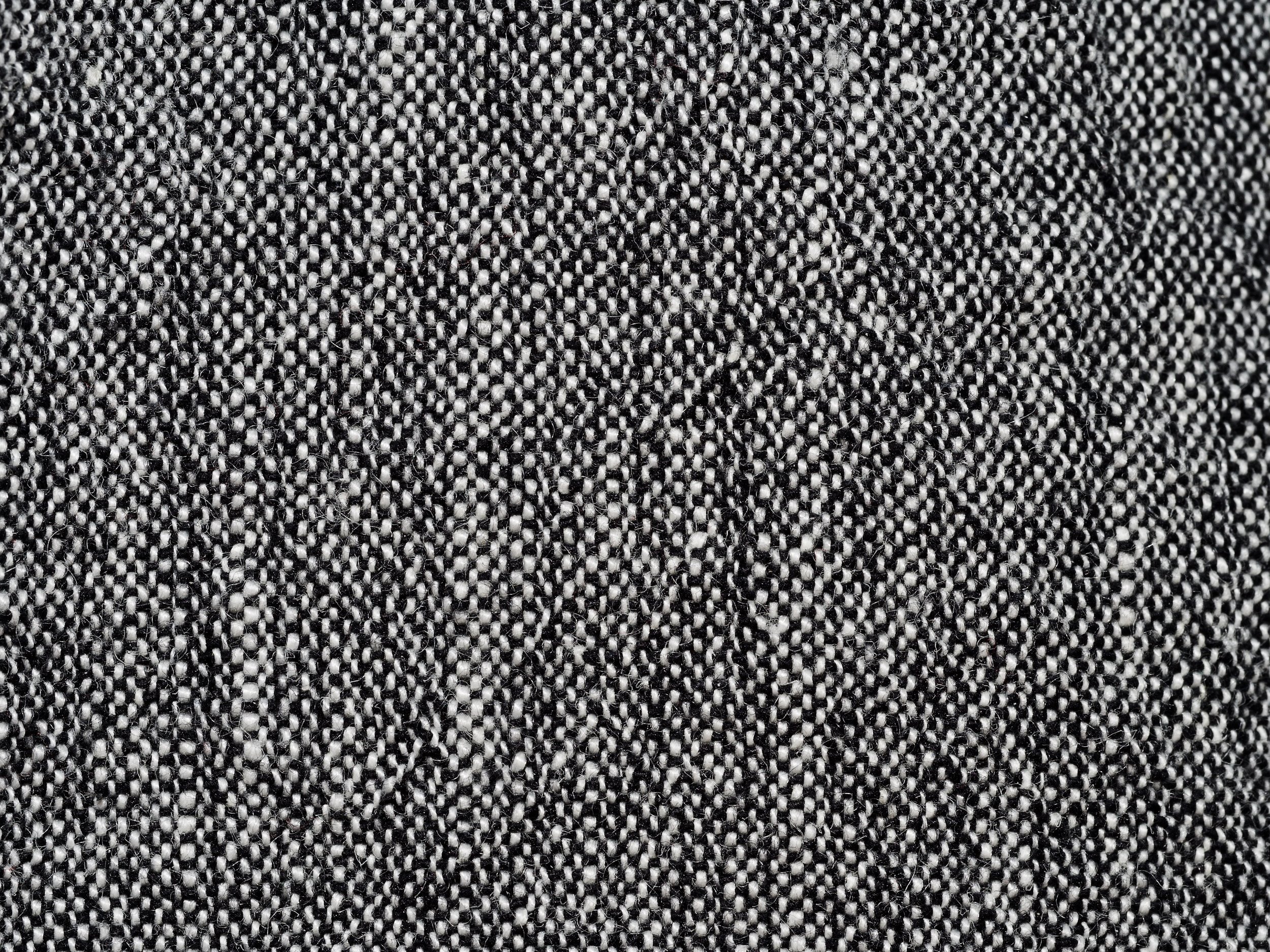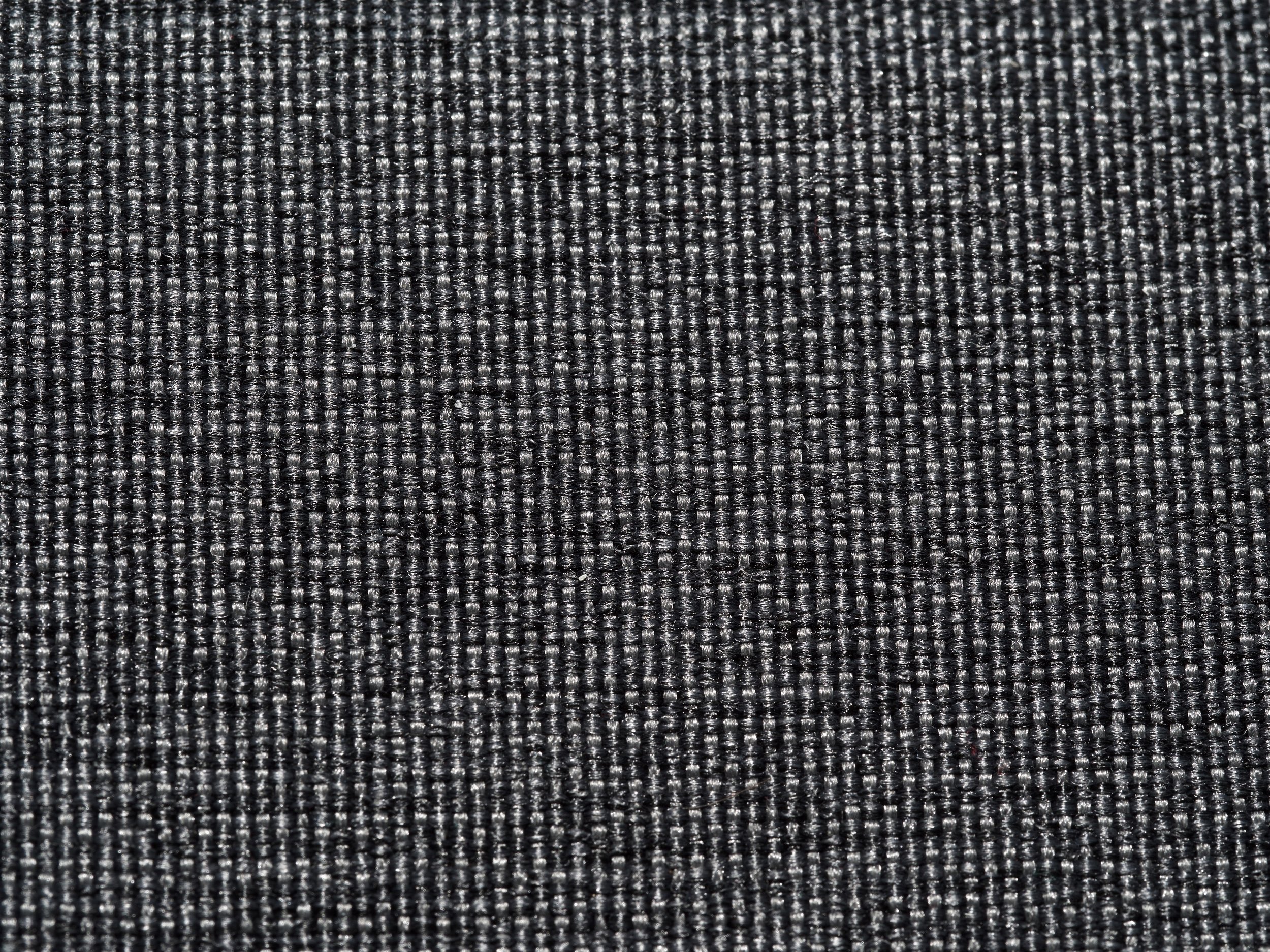It is no secret that I am a huge fan of wide angle photography. One of my favorite lenses is the Nikon 14-24mm ƒ2.8. It is simply one of the finest lenses on the planet. However, it is also important to know that most lenses, even wide-angle lens, don’t necessarily focus very closely. Most of the time this is not an issue but one of my favorite cameras to shoot with is my iPhone.
Grasshopper Portrait — Mexico Beach, Florida 2015 [Shot on iPhone]
In fact, a bit of marketing marvel, iPhone can do one thing that almost no other “traditional” camera can: wide angle [pseudo] macro.
iPhones traditionally have a field of view is similar to a 26mm to 30mm lens on 35mm formats and can focus very closely. In my experience, it appears that iPhone can traditionally focus within approximately 7.5 centimeters (3 inches). While it is not a macro lens, it does give an incredible field of view with a very high reproduction ratio of one subject if focusing at that 7.5 to 10 centimeters. One of my favorite photos that I’ve taken with an iPhone, and iPhone 6, is Grasshopper Portrait.
For years I attempted to reproduce this look with all sorts of lenses on my Micro 4/3 Olympus camera, my Nikon, and others. But simply no wide angle lens could focus closely enough.
One day I stumbled on a photo of a praying mantis. It had the look I was would expect from a master photographer with iPhone but the lighting, shallow depth of field, and image fidelity reminded me more of a traditional camera versus what I expect from iPhone or other smartphone. Clicking on the photo, I found that the lens used was from company that I never heard of before. The 15mm ƒ4 lens touted full 1:1 reproduction and I was in love. The Venus Optics lens was what I had searched for so long and while wider than I wanted, on an APS-C sensor, the field of view would be in the range of 21mm so nearly perfect for my style. And, upon closer inspection, it had shift abilities making it great for architecture.
The Laowa 15mm ƒ4 Wide Angle Macro was sure to be mine. Here are just a few examples from a few walks around the gardens at the Peggy Notebaert Nature Museum in Chicago.
It is a really fun lens to use. There is so much potential with this lens and for a photography style that is very uncommon. The Flickr page for this lens only has 2200 images and of those, few really show the ability this lens gives one to photography subjects in a whole new way.
A word of warning: this lens is not for the faint of heart. It is a shift lens. It is, therefore, only manual focus. It focuses so closely that one will literally bump into one’s subject if not careful. One will also need to pay certain attention to light—the shadow of this lens is easy to get into the shot. Unless you stop down to ƒ8 or ƒ11, the depth of field is very, very, shallow and simply one’s breathing, focus will be lost. One needs patiences and to be very stealthy otherwise a subject may be scared off.
A few other notes about this lens: I’ve shot with many lenses and they all have their own character and all have some opportunities. This includes, its tendency to shift color towards green a touch. Nothing that can’t be fixed in post-production. But also, in some lighting scenarios, green tends to wash out some.
Some positives beyond that discussed, it handles flair very well. Wide angles are notorious for lens flair but only a few shots does it appear but it is also well controlled and I would estimate in the right hands can be a benefit even when it does appear. It has beautiful bokeh even down into the ƒ16 aperture range. This is no doubt thanks to its impressive fourteen (!) aperture blades. And, to top it off, it is very sharp.
Physically, it is a strange lens but not a negative. All metal tank of a lens, the aperture ring is at the front element and the focus ring is closer to the camera body. That takes a little time to get used to but bother rings also have good mechanics and are overall smooth operation.
While this is not really a review of this lens, it is a very special lens. To my knowledge, without using an extension tube, there are no other lenses manufactured like it. If one desires a special look to one’s photos, this lens is very unique and the one of the most fun with which to photograph.

![Grasshopper Portrait — Mexico Beach, Florida 2015 [Shot on iPhone]](https://images.squarespace-cdn.com/content/v1/544c48e3e4b0393759955d4c/1565382411489-NS63195G396A6RLUCD4E/grasshopper_portrait.jpeg)
